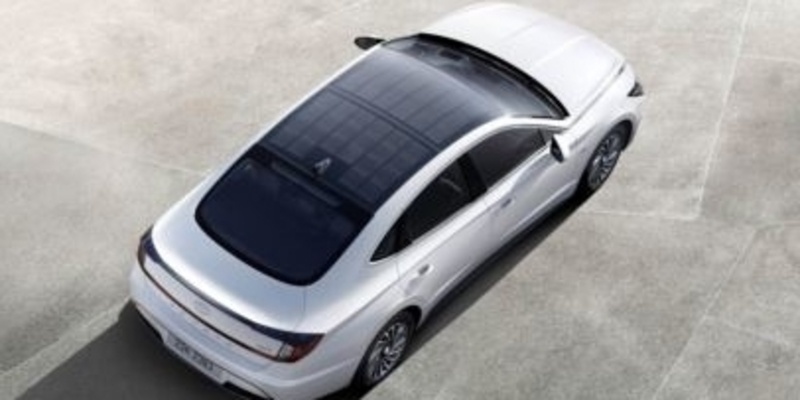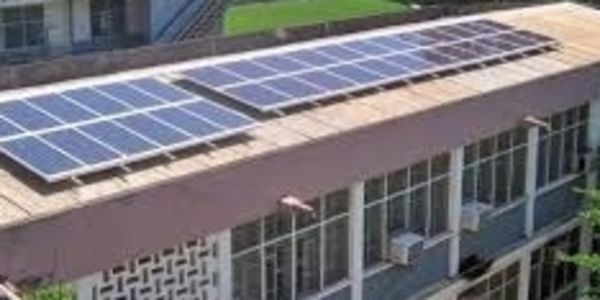First Nation, First Glimpse: Chandrayaan-2 Tracks Solar Fury on the Moon
India’s space program has once again reached new heights. Chandrayaan-2, India’s second lunar mission launched by the Indian Space Research Organisation (ISRO) in 2019, has made a discovery that no other country has achieved before. Using its Chandra’s Atmospheric Composition Explorer-2 (CHACE-2) instrument, the orbiter observed, for the first time, how a massive solar eruption directly impacted the Moon’s delicate and ultra-thin atmosphere called the exosphere. This finding, announced by ISRO scientists, is a major scientific breakthrough that strengthens India’s position in global space research. It shows that Indian scientists are not only exploring space but also uncovering how the Sun’s powerful forces interact with worlds beyond Earth.The Cosmic Event: When the Sun Touched the MoonWhen the Sun released multiple Coronal Mass Ejections (CMEs), large bursts of charged particles and magnetic fields that travel through space. These energetic waves, often billions of tons in mass, can disrupt satellites, cause auroras, and even affect power grids on Earth. But for the first time, a CME’s direct impact on the Moon’s atmosphere has been recorded. When this solar storm hit the lunar surface, CHACE-2 detected a sharp rise in the total pressure and the number density (the concentration of atoms and molecules) in the lunar exosphere. Normally, the Moon’s exosphere is so thin that its particles almost never collide. But during this solar event, the instrument observed more than a tenfold increase in these values, proving that CMEs can dramatically alter the Moon’s environment, even if only for a short time.Understanding the Lunar ExosphereThe Moon doesn’t have a thick, breathable atmosphere like Earth. Instead, it possesses a very thin outer layer of gases known as an exosphere so faint that it behaves more like a vacuum than an air layer. Within this delicate boundary zone, atoms and molecules are continually released from the lunar surface through various natural processes such as solar radiation, which knocks atoms off the soil; the solar wind, a constant stream of charged particles emitted by the Sun; and micrometeorite impacts, which vaporize tiny bits of lunar dust. Since the Moon lacks both a global magnetic field and a protective atmosphere, it is directly exposed to intense solar activity. This makes it a perfect natural laboratory for studying how solar storms influence airless celestial bodies, offering crucial insights into worlds like Mercury, asteroids, and other unprotected planetary surfaces.Why the Sun’s CMEs MatterA Coronal Mass Ejection (CME) is one of the most powerful phenomena in the solar system. It’s a giant explosion of plasma and magnetic energy from the Sun’s outer atmosphere. When a CME occurs, it can hurl billions of charged particles into space at speeds up to 3,000 km per second. For Earth, our magnetic field and thick atmosphere act as shields, protecting us from the worst effects. But the Moon, lacking such protection, takes the full hit. When these charged solar particles strike the lunar surface, they knock off atoms and molecules—a process known as sputtering. This instantly increases the number of particles in the exosphere, temporarily thickening it. This first-ever direct observation by Chandrayaan-2 confirms theoretical predictions about how solar storms can shape the lunar environment. It’s a moment of pride not only for ISRO but for the entire global scientific community.A Proof of India’s Scientific StrengthSuccessfully inserted into lunar orbit on August 20, 2019, Chandrayaan-2 continues to deliver valuable data even years after its launch. While the mission’s lander did not achieve a soft landing, its orbiter has exceeded expectations, continuously sending vital information about the Moon’s surface, minerals, and now its atmosphere. This discovery once again showcases ISRO’s scientific excellence and cost-effective innovation. With missions like Chandrayaan-3, Aditya-L1, and future lunar projects on the horizon, India is steadily becoming a global leader in space exploration and space weather research. Every observation brings us a step closer to understanding not only the Moon but also our own place in the solar system. Chandrayaan-2’s discovery reminds us that science is not just about technology; it’s about humanity’s endless quest to know more, to reach further, and to dream bigger.

.jpeg)
.jpg)
.jpeg)
.jpg)
.jpg)

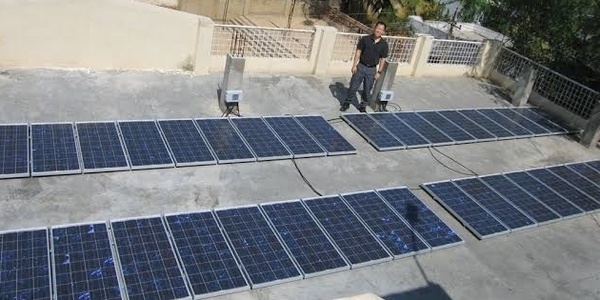


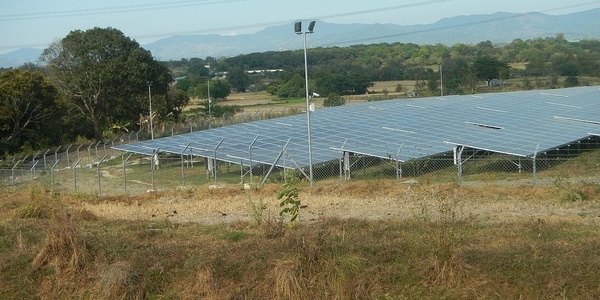

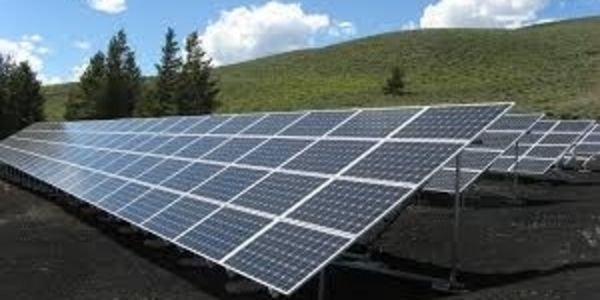







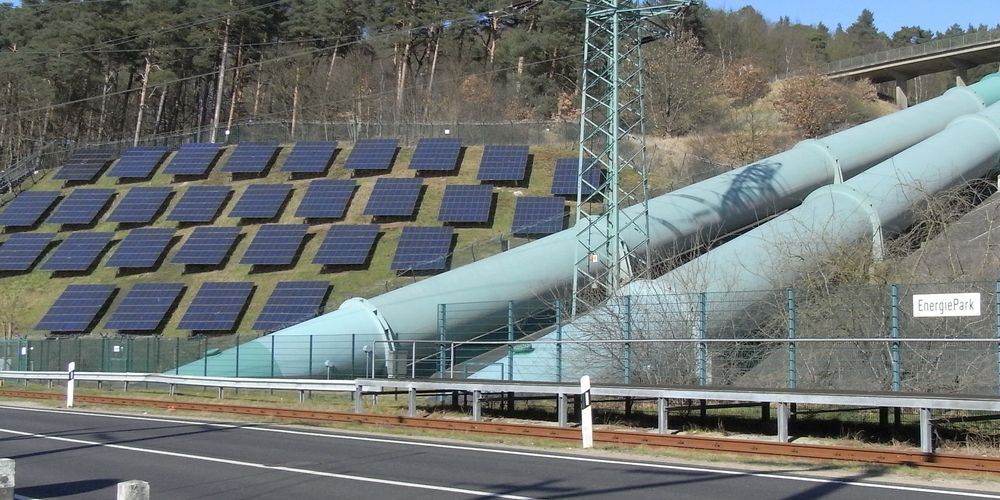


.jpg)
 (1).jpeg)
.jpg)
.jpg)
 (1).jpeg)





